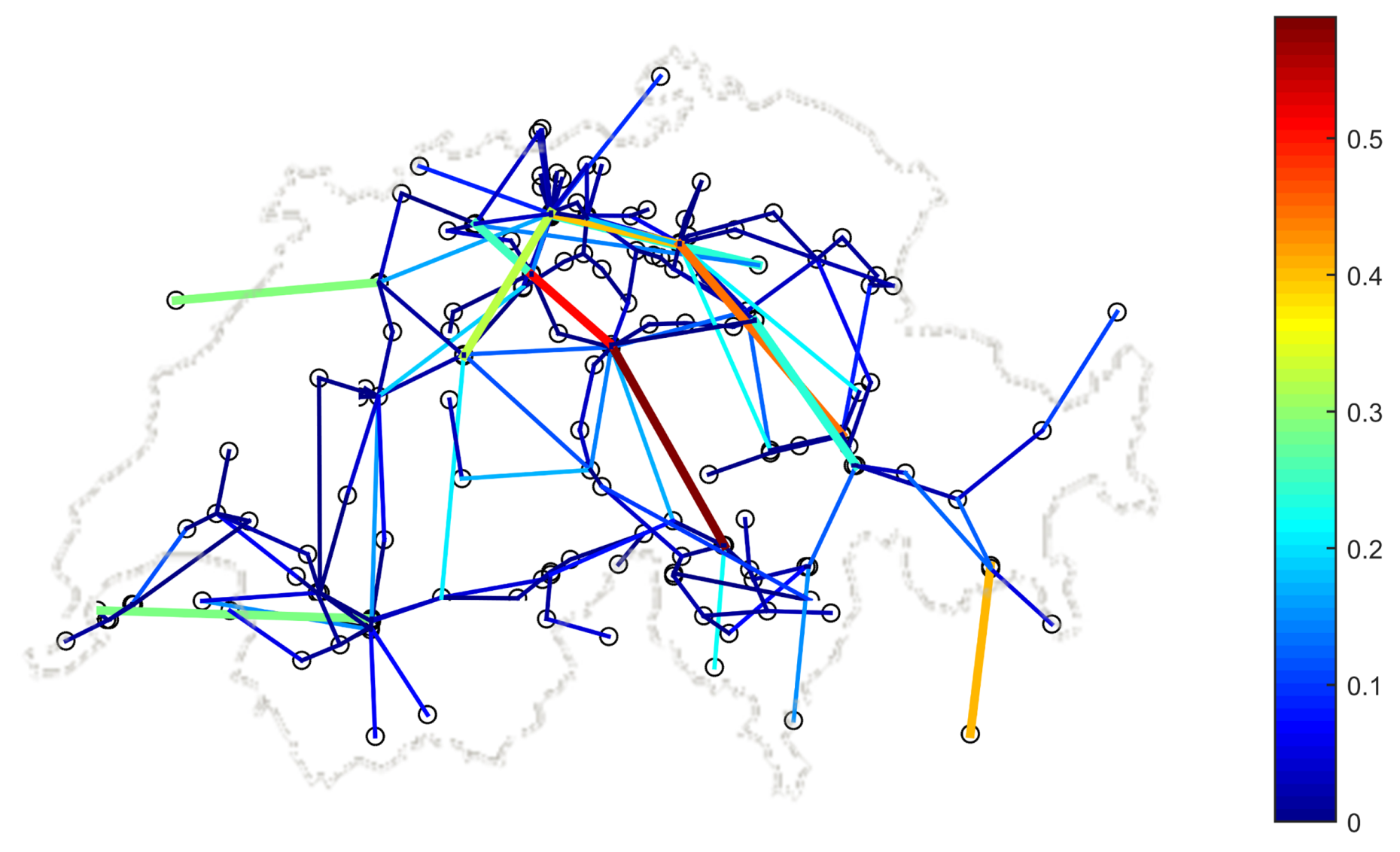The risk of cascading failures in power systems
Economic activities strongly depend on critical energy infrastructures, e.g. the electric power system. Failures in the electric infrastructure not only cause power supply disruption, but also produce losses across the dependent economic sectors. This project models cascading failures in power systems and captures their impact to society and industrial sectors.
The Reliability and Risk Engineering group develops cascading outage simulation models which capture the dynamics of operations, protections and automation that guide the system and steer the cascading failure propagation at multiple time scales. Several types of failures and interactions that typically occur in large blackouts are modelled, i.e., cascading line overloads, frequency deviation, reactive power problems and voltage drop.
The cascading failure analysis for electric networks is combined with the Multiregional Inoperability Input-output Model (MRIIM) to quantify the short-term economic impacts of electricity disruptions stemming from cascading failures. To this aim, their direct impact on the flow of electric power and on the workforce in each sector is structured as inputs to the MRIIM. The economic impact is evaluated by taking into account the spatial extent of power disruptions and cross border effects. The MRIIM analysis of sector interdependencies estimates the propagation of the losses among economic sectors at the regional and international level.
Case studies show that cascading failures in the Swiss network impact economically dependent Countries, allow ranking the criticality of components in the infrastructure and identify vulnerable economic sectors. Risk management strategies can be devised to mitigate the risk of cascading failures.

The ESC Member involved in this project is Professor Giovanni Sansavini, Head of the Reliability and Risk Engineering Group.
Research in the Laboratory of Reliability and Risk Engineering is aimed at the development of innovative techniques and hybrid analytical and computational tools suitable for analyzing and simulating failure behavior of engineered complex systems. We aim to estimate and quantitatively define reliability, vulnerability and risk within these systems. We focus on highly integrated energy supply, energy supply with high penetrations of renewable energy sources, communication, transport, and other physically networked critical infrastructures that provide vital social services.